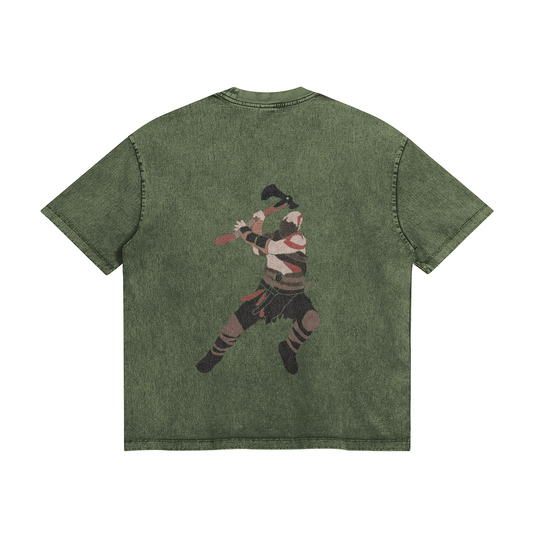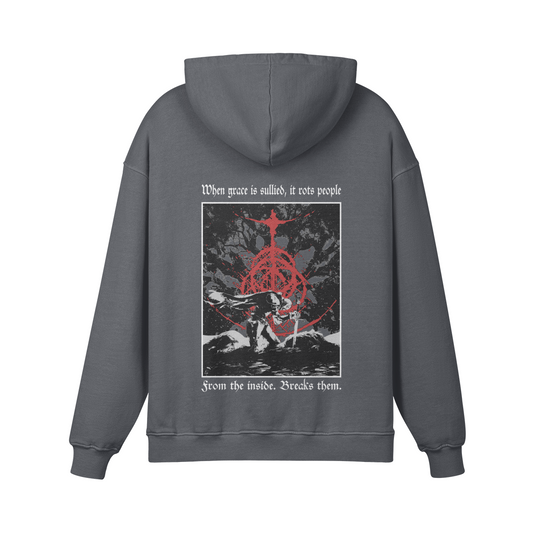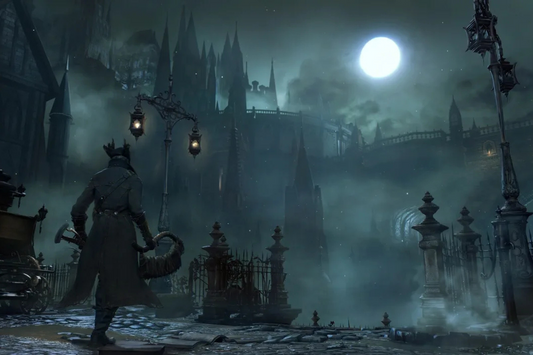In the haunting, mysterious world of Elden Ring, few characters are as significant and enigmatic as Radagon. Mentioned throughout the game’s lore and ultimately faced in one of its most climactic boss battles, Radagon’s true nature is one of the biggest revelations in the story. But who exactly is Radagon? What role does he play in the rise and fall of the Golden Order? And how is he connected to Queen Marika?
This post breaks down Radagon’s identity, his role in the timeline, and the mythic implications of his existence.
Radagon’s Rise as a Champion of the Golden Order
Radagon begins his legacy as a devout champion of the Golden Order, a religious and political system governed by the Erdtree and the Greater Will. As a warrior, he was revered for his martial prowess and unwavering loyalty to the divine order that shaped the Lands Between. During the wars with Liurnia of the Lakes, Radagon led a campaign against Queen Rennala, the leader of the Academy of Raya Lucaria.
But in a surprising twist of fate, Radagon not only ended the conflict without total destruction—he married Queen Rennala. Their union was both a political alliance and a romantic one, resulting in the birth of three powerful demigod children: Ranni the Witch, General Radahn, and Lord Rykard. Each of these figures plays a major role in the game’s broader narrative, and their existence reflects Radagon’s deep entanglement in the divine and political structure of the world.
Radagon's Return to Leyndell and New Ascension
Radagon’s time with Rennala came to an abrupt end when he was summoned back to Leyndell, the capital of the Erdtree. Following the exile of Godfrey, the first Elden Lord, Radagon was chosen to become the new consort of Queen Marika and was named the second Elden Lord.
This event is particularly significant because it signaled not just a change in leadership but a deeper, more cosmic realignment. With Marika, Radagon fathered two more children—Miquella and Malenia. These twins were born with divine gifts and devastating curses: Miquella, forever youthful and never aging, and Malenia, cursed with the Scarlet Rot.
The strange and unnatural conditions of these children hint at something far more complex in Radagon’s nature, a mystery that would eventually unravel the entire mythos of Elden Ring.
The Revelation: Radagon and Marika Are One
Perhaps the most shocking revelation in Elden Ring’s lore is that Radagon and Marika are not simply consorts or counterparts—they are two aspects of the same being. This divine duality is only hinted at through cryptic item descriptions, environmental storytelling, and dialogues with certain NPCs, but it becomes undeniable as players progress toward the end of the game.
Marika represents the rebellious, disruptive force—the goddess who shatters the Elden Ring. Radagon, in contrast, is the conservative and restorative force—trying desperately to repair what was broken. These two halves exist in conflict, embodying the game's central themes of stasis versus transformation, divine obedience versus free will.
This shared identity explains the contradiction of Marika and Radagon's actions. While Marika defied the Greater Will, Radagon remained its champion. But in reality, their struggle was internal—the divine being they both embody could not reconcile its own desires with its obligations to the order.
The Shattering and Radagon’s Final Purpose
After Marika’s act of rebellion shattered the Elden Ring, Radagon attempted to repair it, using the very hammer she wielded. His efforts failed, and both Marika and Radagon were imprisoned within the Erdtree by the Greater Will. Trapped and silent, they awaited the arrival of a new force that could either inherit the order or dismantle it entirely.
Radagon’s final role in the game comes during the climax, when the player character reaches the Erdtree and is allowed to enter after burning the thorns blocking the path. There, they encounter Radagon as the penultimate boss. Wielding Marika’s hammer, he fights with divine strength and intensity, his golden form fractured but radiant.
This battle is symbolic. It’s the final stand of the old order—the last defense of the structure that shaped the world of Elden Ring. Radagon isn’t just fighting you as a boss. He’s resisting the collapse of the system he represents.
The Elden Beast and the Loss of Self
Upon defeating Radagon, his body is taken by the Elden Beast, the manifestation of the Elden Ring itself. This second phase of the final boss fight sees the player face the will of the Greater Will directly, using Radagon’s divine shell as its weapon. It’s a moment of total dehumanization. Radagon’s individuality is gone, consumed by the cosmic force he served all his life.
This transformation marks the final tragedy of Radagon. A man who once led armies, loved, fathered children, and ruled as Elden Lord is now little more than a tool—a means to enforce a divine mandate. His entire existence, from beginning to end, is shaped by the struggle between divinity and autonomy, duty and desire.
Radagon’s Legacy in the Lands Between
Radagon’s story continues to affect the Lands Between long after his transformation. His children embody his conflicting natures. Ranni rejects the divine order and seeks to create a new world. Radahn is driven mad by cosmic interference. Rykard seeks power through forbidden means. Malenia and Miquella suffer divine affliction, embodying both grace and corruption.
All of these outcomes reflect Radagon’s fractured legacy. He built a world based on duty and obedience, but that world could not sustain the ambitions, rebellions, and dreams of those within it.
Even the player’s journey is shaped by Radagon’s actions. The final battle, the chaos of the Shattering, and the quest for a new Elden Lord all stem from his inability to reconcile his divine halves. In many ways, defeating Radagon is more than a combat victory—it’s a narrative resolution to the divine conflict that defines Elden Ring.
Final Thoughts
Radagon is one of the most compelling characters in Elden Ring, not just because of his power or lore importance, but because he encapsulates the game’s deepest themes. He is the embodiment of duality—loyalty and rebellion, power and vulnerability, identity and suppression.
Understanding Radagon is key to understanding the heart of Elden Ring. He is a god torn between two truths, a ruler without peace, and a divine being whose very existence is a cosmic contradiction. In the end, Radagon isn’t just part of the story—he is the story.








